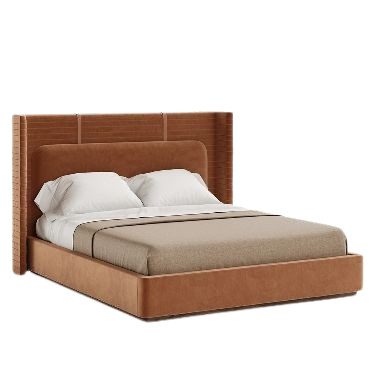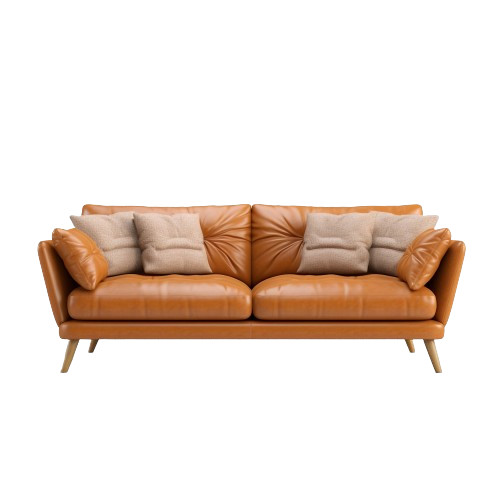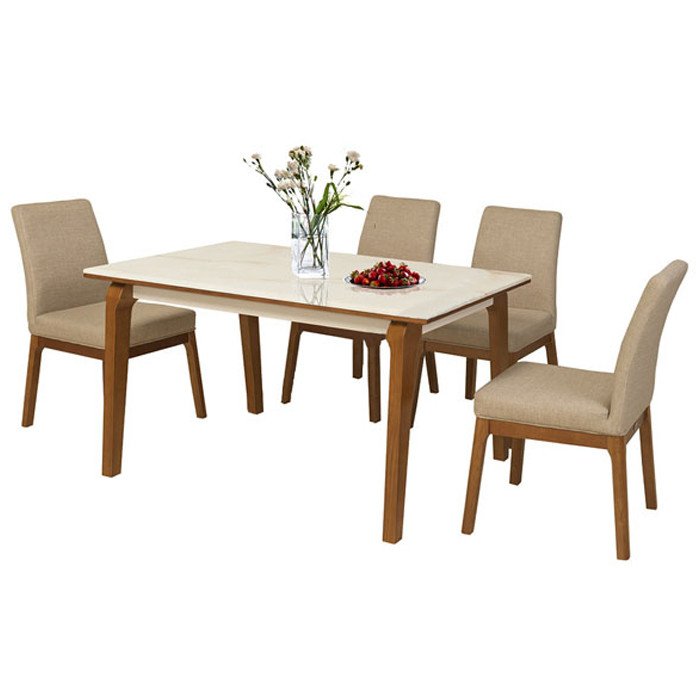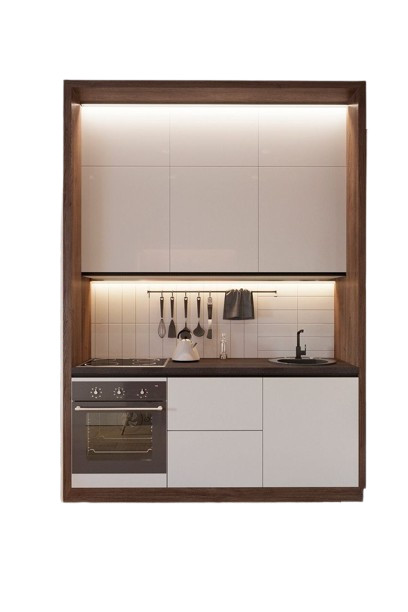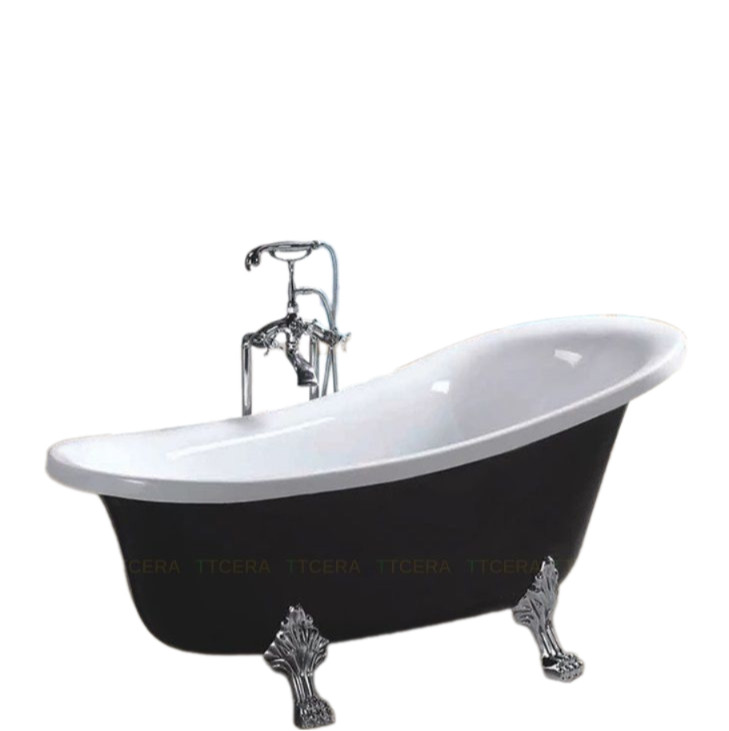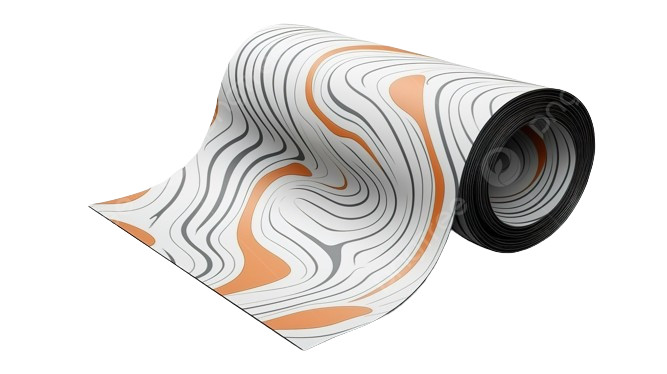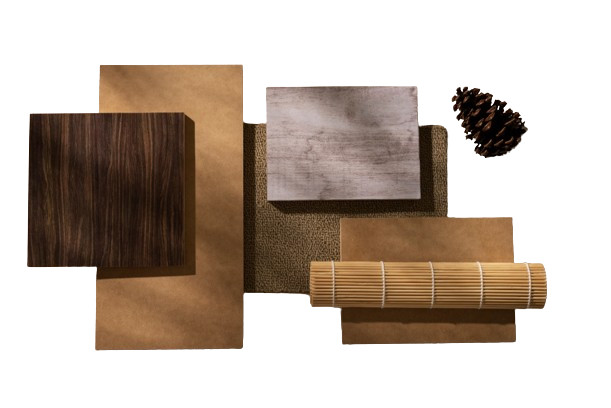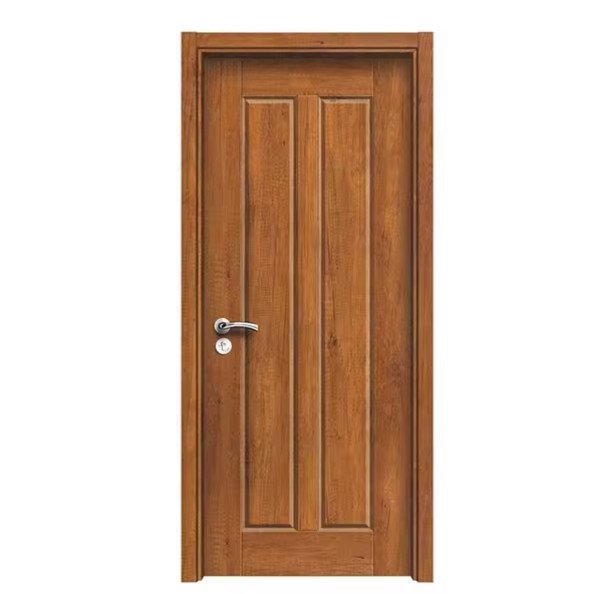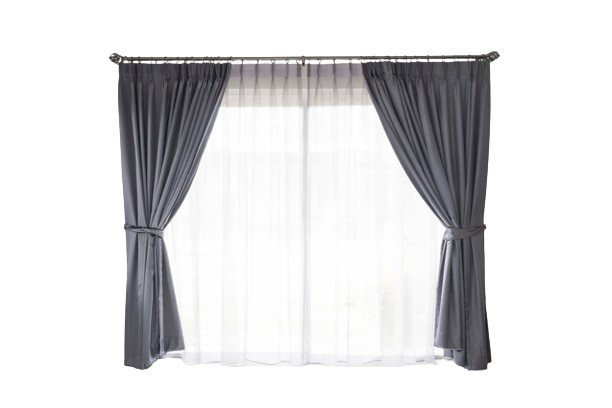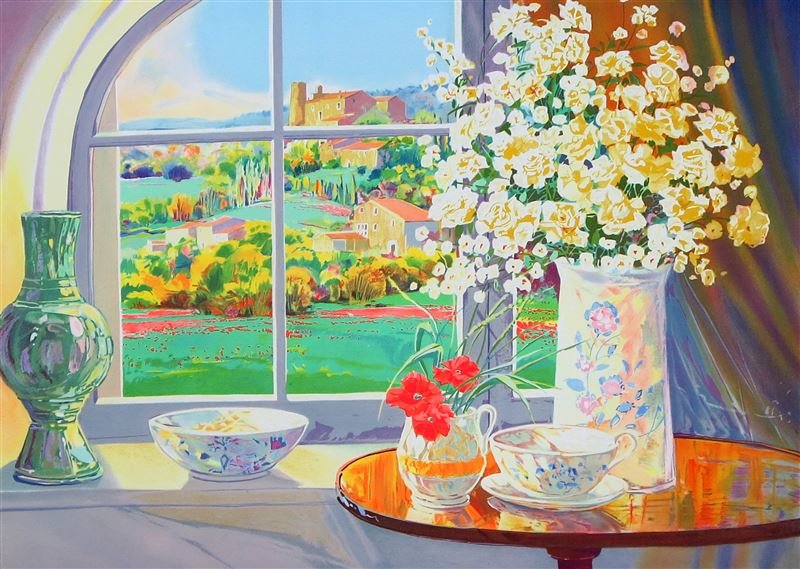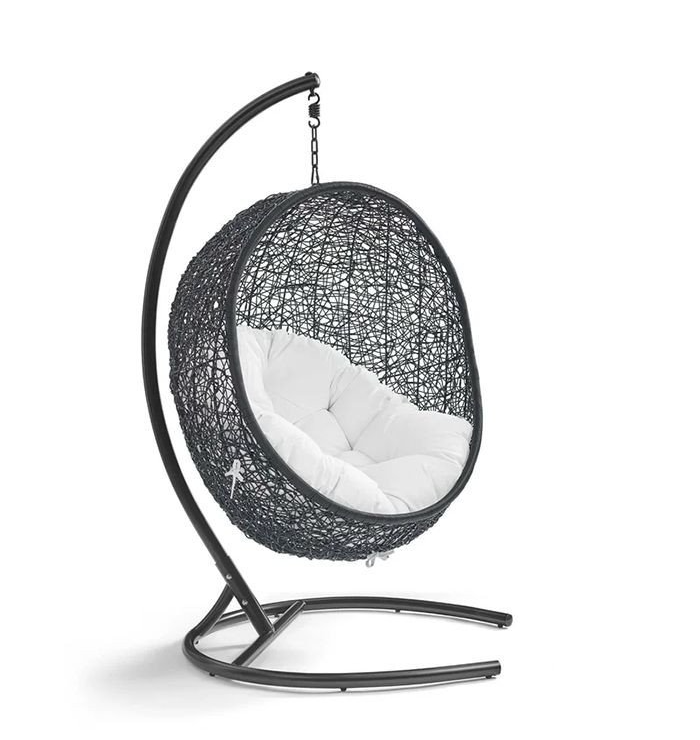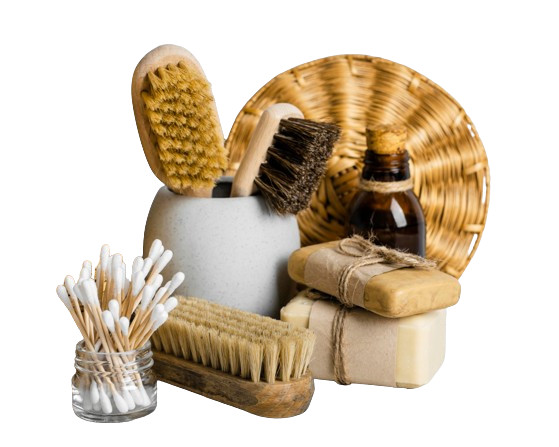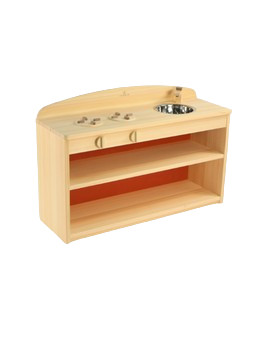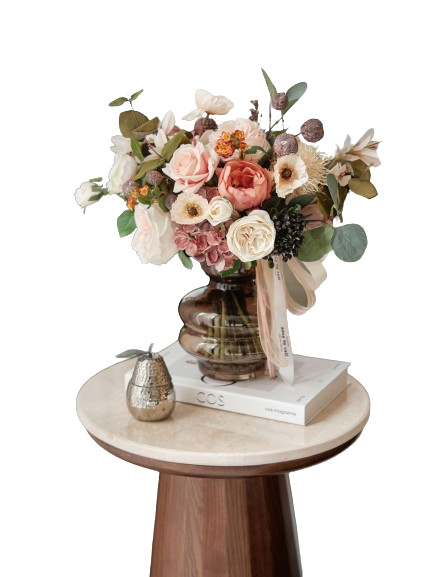THE IMPORTANCE OF “RHYTHM” IN INTERIOR DESIGN
People typically associate rhythm with the music. Rhythm is the thread that connects a song's stanzas and chorus. However, rhythm is also a design principle that can be understood as a method of arranging furniture in an interconnected way to create visual effects. It is a very subtle space arrangement that aids in the harmonious connection of independent and separate elements.
Many believe rhythm is key to a successful interior design project. That is what gives the interior its finishing, focus, and appeal. The following articles will teach you what rhythm is, why it is essential, and how to apply it in your home. Try to give the interior a rhythm, and you'll be surprised at how powerful this principle can be.

1. What is rhythm in interior design?
Rhythm is one of the seven interior design principles. This principle is used to assist our eyes in moving around space in an orderly manner, thereby stimulating the brain into feelings of comfort and satisfaction. Furthermore, rhythm influences how we perceive space, both functionally and aesthetically.
There are five main ways to apply the rhythm principle in your space:
- Repetition: It is the repetition of a continuous pattern throughout the space, helping to create a sense of stability and balance.
- Chromatic transition: Creates a gradual change (usually in color) to move visuals from one location to another in space.
- Transitions: Allows a design element (usually an object) to move visually in a continuous path from one point to another.
- Contrast: Creates one design element against another, causing the eye to switch back and forth between the two.
- Main – Secondary: Arrange the furniture in the space in a balanced and repetitive way around a central object.


Of course, you don't have to use all five rhythmic applications in the same room. Among the methods mentioned above, some can help visually unify the space, which is another way to make a breakthrough visual change without feeling bored.
2. How to apply rhythm to interior design
Understanding the concept of rhythm is one thing; knowing how to apply it to interior design is quite another. There are no hard and fast rules for applying rhythm to space, but here are some examples:
- Repetition: As shown below, you can arrange the same furniture in a symmetrical position while also highlighting the layout of the house with continuous architectural features (vertical division).

- Density, chroma transitions: The stars in the sky are a great example of chroma transitions. Their dense to sparse arrangement allows our eyes to move continuously from high to low. In addition, the trend of choosing ombre colors with the color arrangement from light to dark is also an example of rhythm.

- Transitions: The seating area includes curved furniture that represents transitions, as well as zoned pathways that assist people in moving from one end of the room to the other.

- Contrast: A good example of contrast is two colors that are opposite each other on the color wheel. Alternatively, you can experiment with opposing materials in your design, such as wood and metal.

- Master-minor: You can see a master-minor rhythm in circular dining tables or living areas, where furniture (chairs) is grouped around a central object (table).
Rhythmizing the space is about using intuition rather than precise measurements. Try incorporating the type of rhythm that you see fit when arranging the interior. After that, take a step back. Leave your design alone if you believe the space is cohesive and your eyes can easily move around it. If, on the other hand, it does not feel right, continue to make adjustments until you are satisfied.

